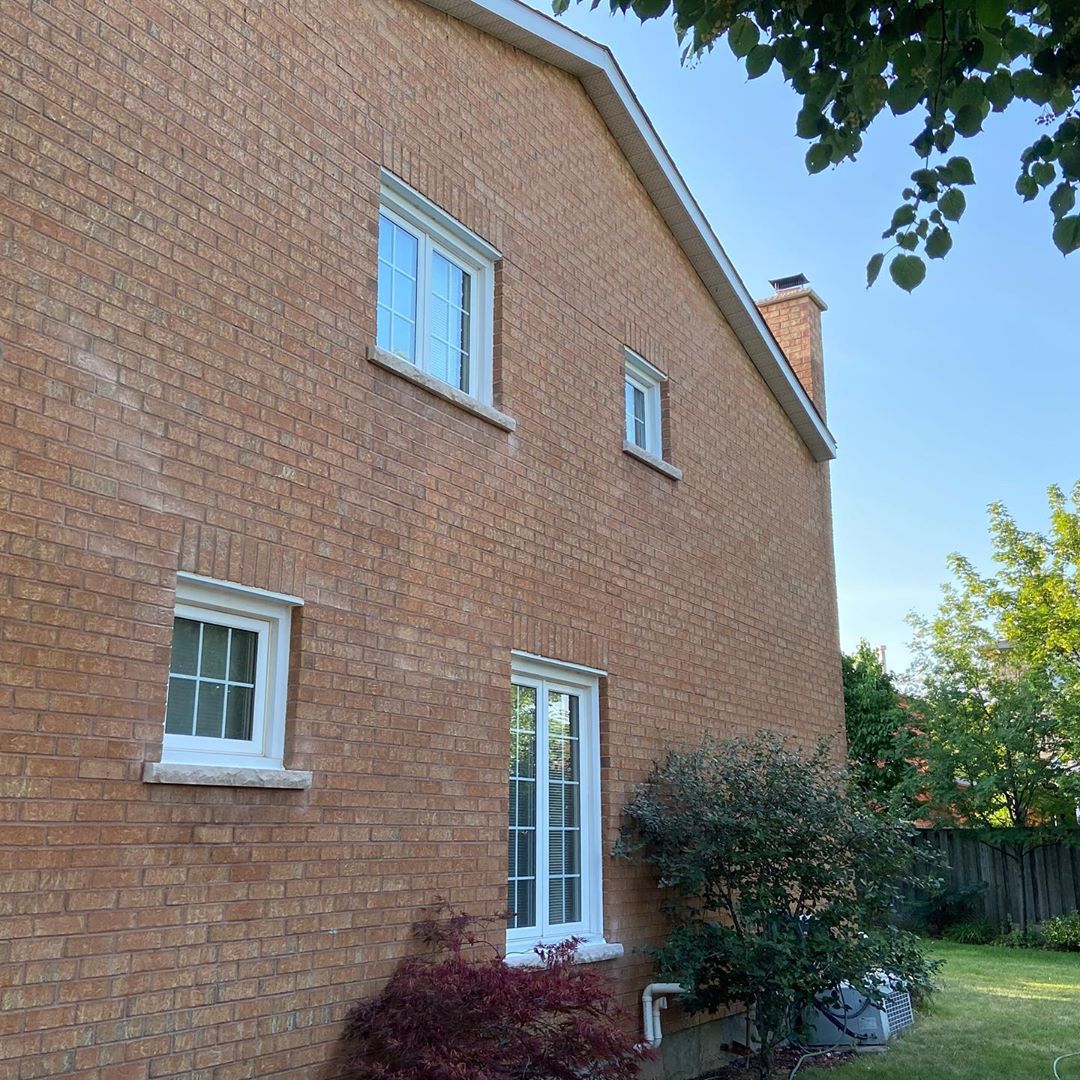How to Restore an Exterior Brick Wall?
Home and building owners that have older homes or heritage properties will at some point, likely face the requirement of restoring the exterior of their brick walls.
While brick is an extremely enduring material; the ravages of time can eventually result in the need for major repairs. A regimen of ongoing repair work, planned over time, can mitigate the costs associated with a major restoration.
First to understand is what needs to be done to complete competent repairs of the brick walls.
The beginning step is proper evaluation.
Evaluation includes documenting and calculating the surface area of:
- Bricks must be cut out and replaced due to shaling or crumbling.
- Bricks that can be cut out, cleaned, and re-set in place.
- Linear footage of mortar joints that need to be re-pointed.
- Determining a replacement match for the bricks if necessary.
- Determining the mortar tint in order to retain a uniform appearance to the original blend.
- The access requirements and equipment are necessary to complete the work (scaffolding set up as an example).
- Determining if permits will be required for the erection of scaffolding or for heritage approvals.
Once the required scope of work has been defined; the brick mason can determine the number of man-hours necessary, and the required support staff to undertake the project.
Based on the grand scope of work; if it is decided for budget reasons to take on a portion of the work initially, and phase the rest of the project over time; any price accounting adjustments can be factored.
The result is that the building owner has a clear understanding of the costs necessary to complete the project as one larger scope of work or to break up the job into financially manageable pieces that can be completed over a prescribed period of time.
There can also be structural elements that need to be considered. If for example there are concrete sills or headers above doors or window openings that need to be attended to, Another example is noting an appearance of separation of the bricks from the remaining wall (appearing like a saw tooth pattern). This can signal underlying structural or foundation compromise which then also needs to be corrected as part of the overall project.
Once a thorough assessment has been completed, materials sourced, and budget considerations are approved by the property owner, work can actually be scheduled.
If considering a phased approach for the work; one can either isolate a quadrant of the wall or building, and completely rehabilitate that section, or the worst appearing or the worst structurally compromised areas can be approached as the first priority.
If finance is not the utmost consideration; performing the work in a fashion that progresses from one side of the building to the other is best. This represents the cleanest way to work and completed areas can be re-opened (so to speak); particularly as it pertains to association with busy roadways, or pedestrian sidewalks, or even the enjoyment of one’s own living space.
The fact is; such work can be dusty and noisy, as rail saws buzz with the cutting of bricks and concrete lentils, hammering and chiselling are constant. To that end, it is important to recognize the type of environment one will be working in and to make the best provisions for neighbours and occupants by establishing realistic expectations, courteous notifications, and on-going cleanups.
From the client’s perspective, they should consider that if possible, getting the work done as one large scope may have an advantage in terms of minimizing future disruption, and likely a greater economy of scale by executing the project at once.
As the project gets underway; the scaffolding is erected and pinned to the building. Safety equipment and hoisting equipment are setup. Groundworkers move bricks and mortar to scaffold platforms, while simultaneously the rubble and debris resulting from wall preparation are removed to the disposal bin.
Once the suspect bricks are surgically removed, and replaced with closest match new ones, and the adjacent mortar joints are piped with fresh mortar, and tooled to a neat finish; the progress continues, perhaps for days until the job is completed.
The masonry team concludes the project by conducting a thorough final cleanup, breaking down and removing scaffolds and equipment; once the crew boss has completed his final inspection.
The client has then demonstrated the finished result and their satisfaction is confirmed.
That is how one goes about restoring an exterior brick wall, or a giant heritage property for that matter.
To learn more about masonry service, brick repairs, chimneys, and stonework; visit www.avenueroadmasonry.com or visit us on Facebook™.

